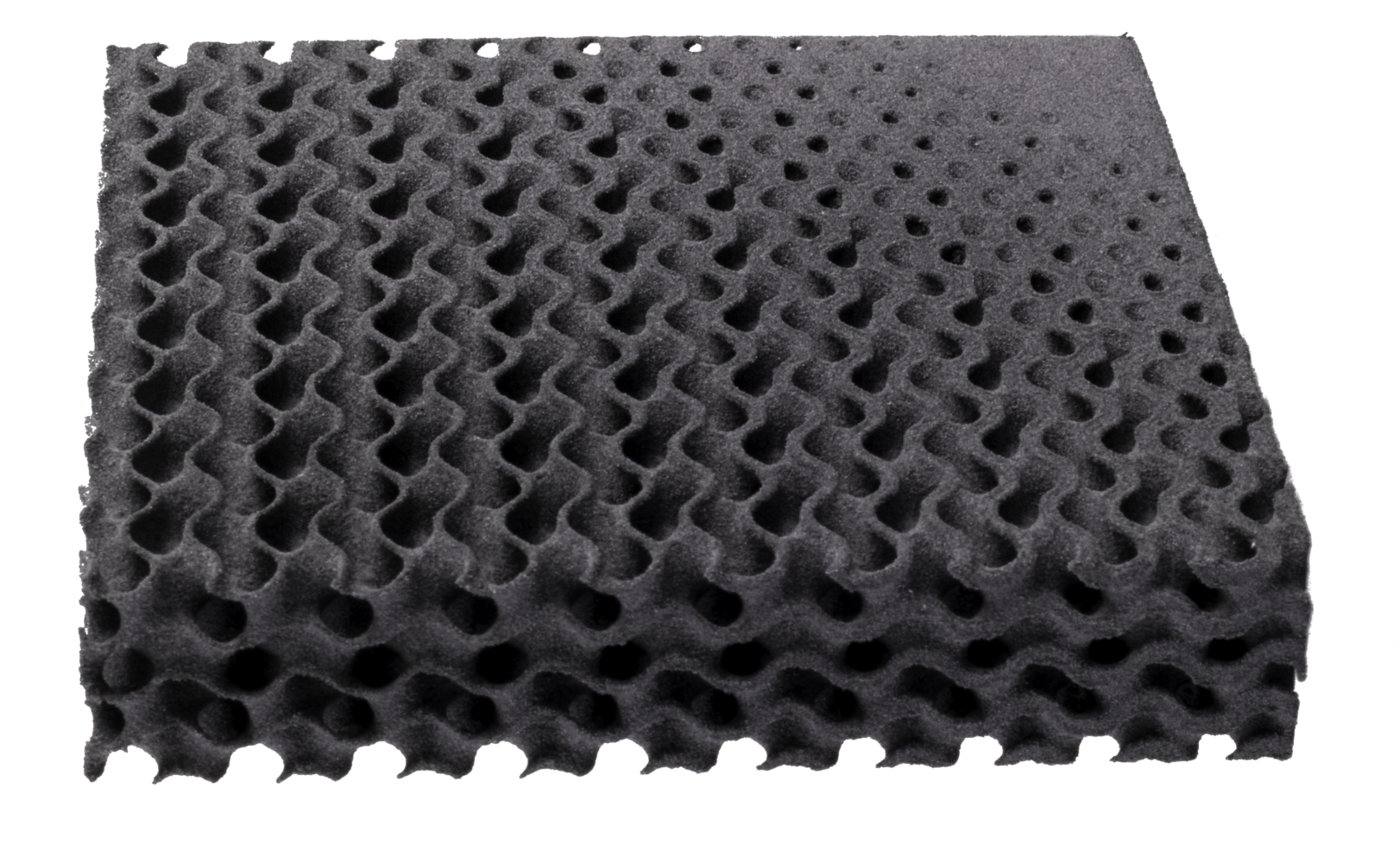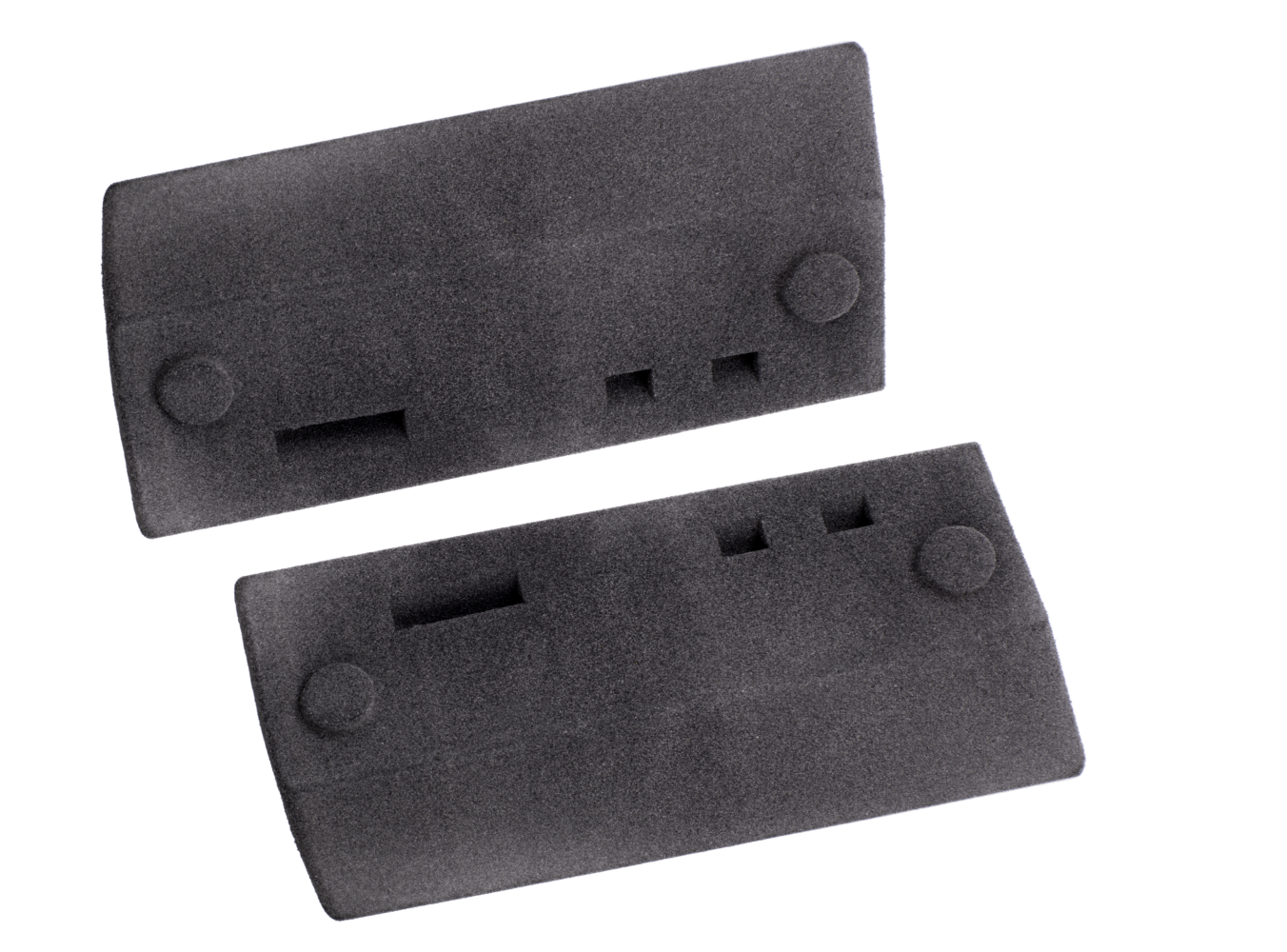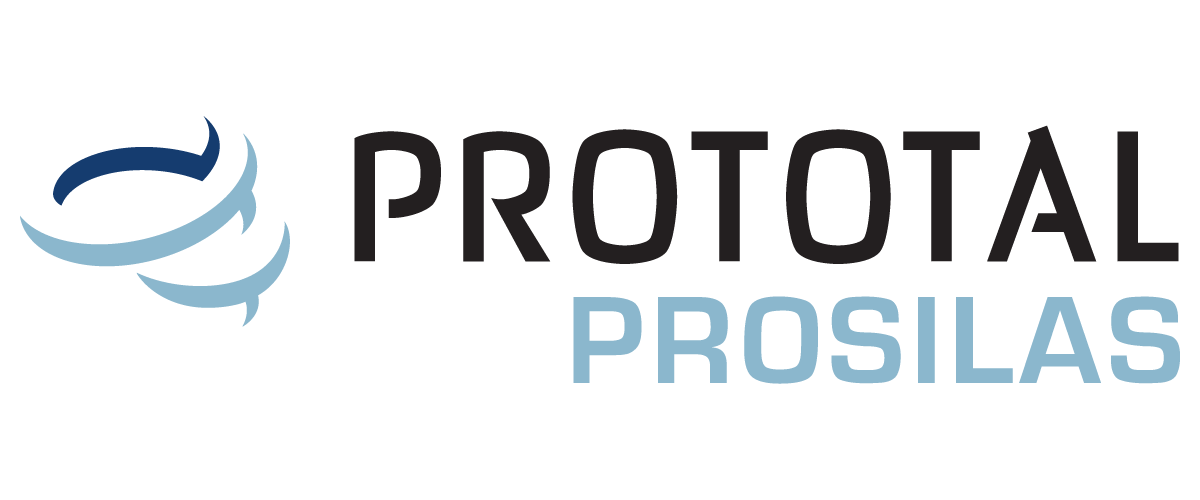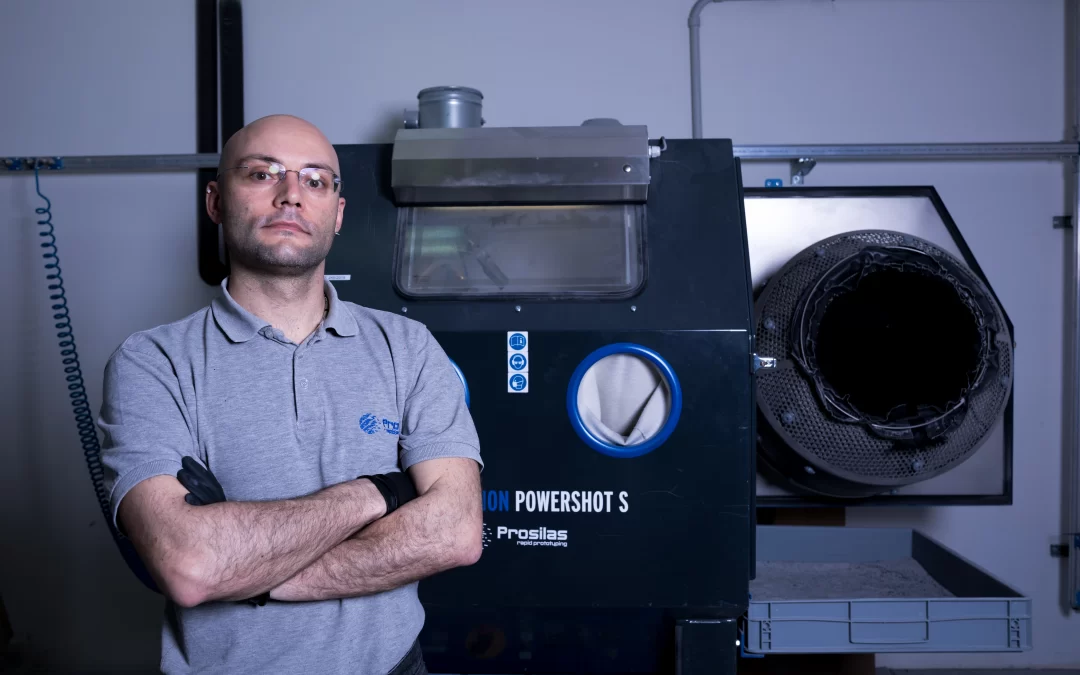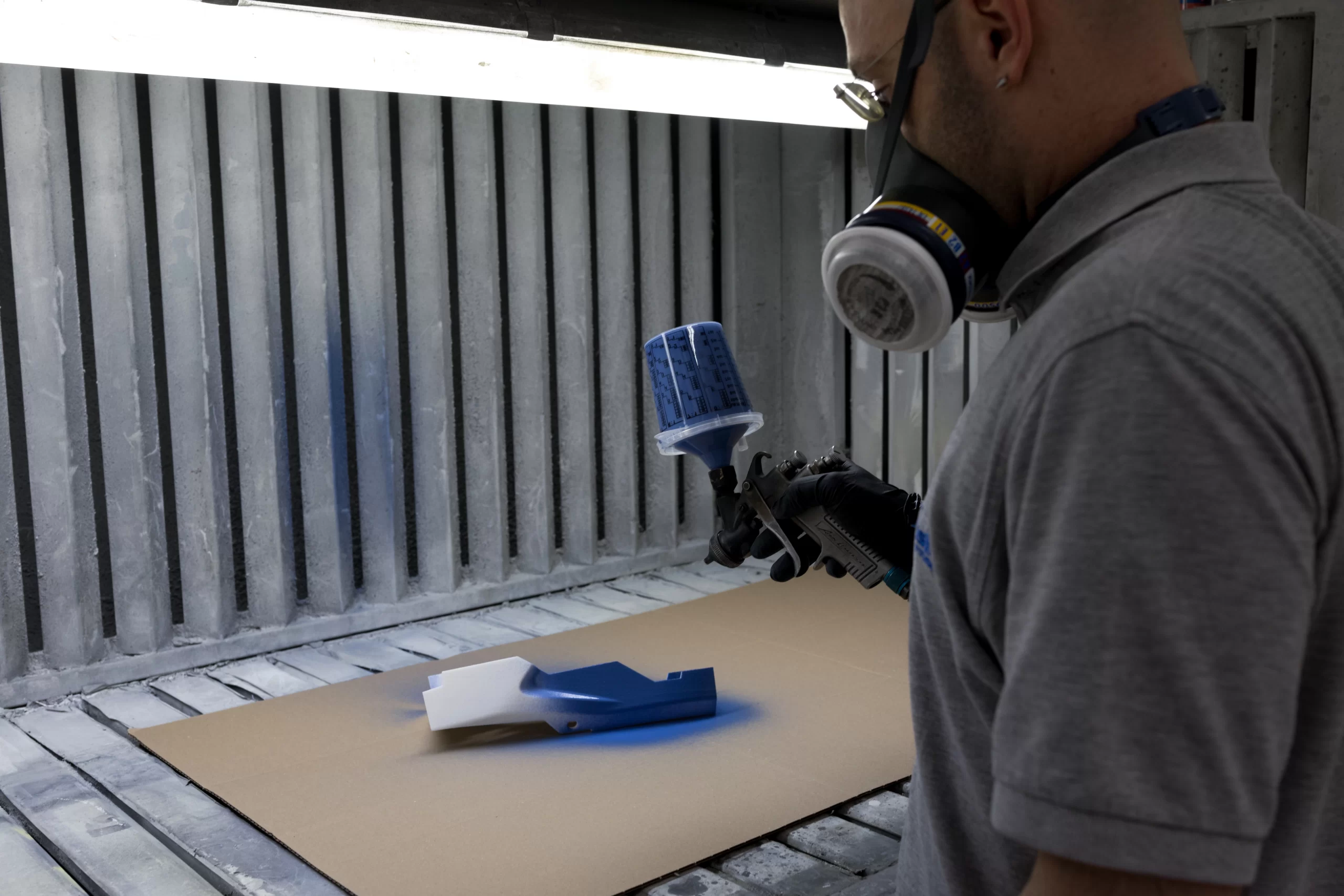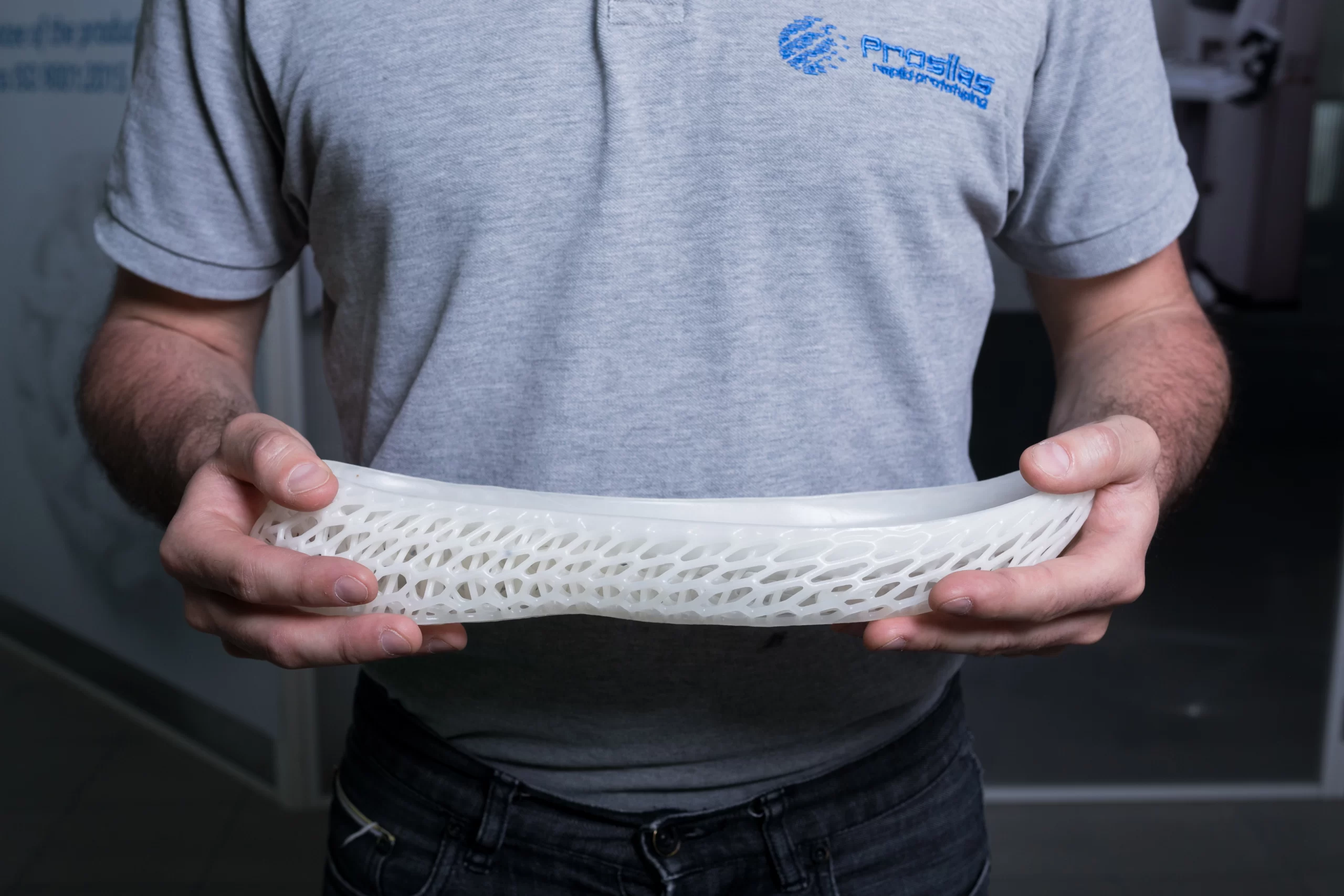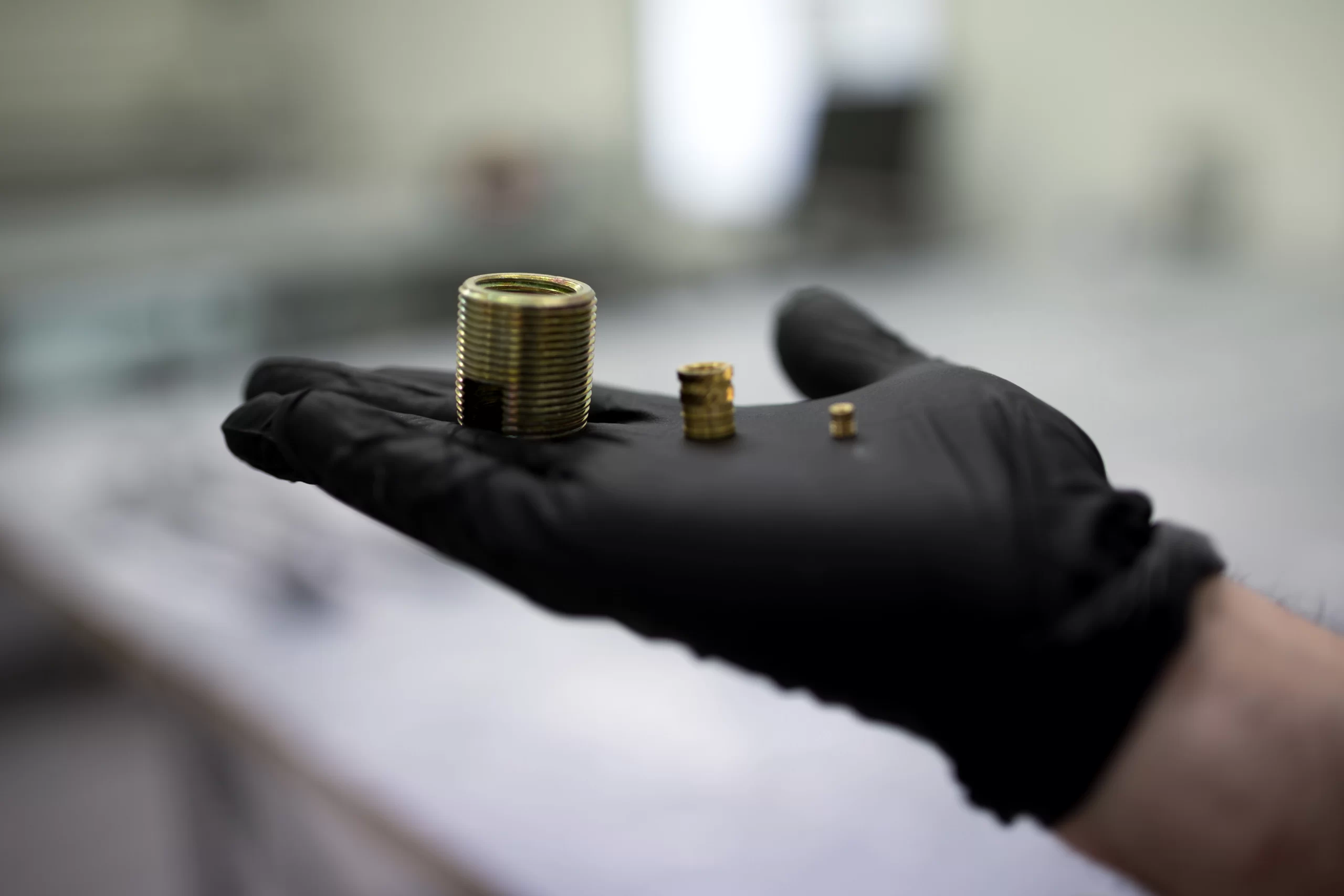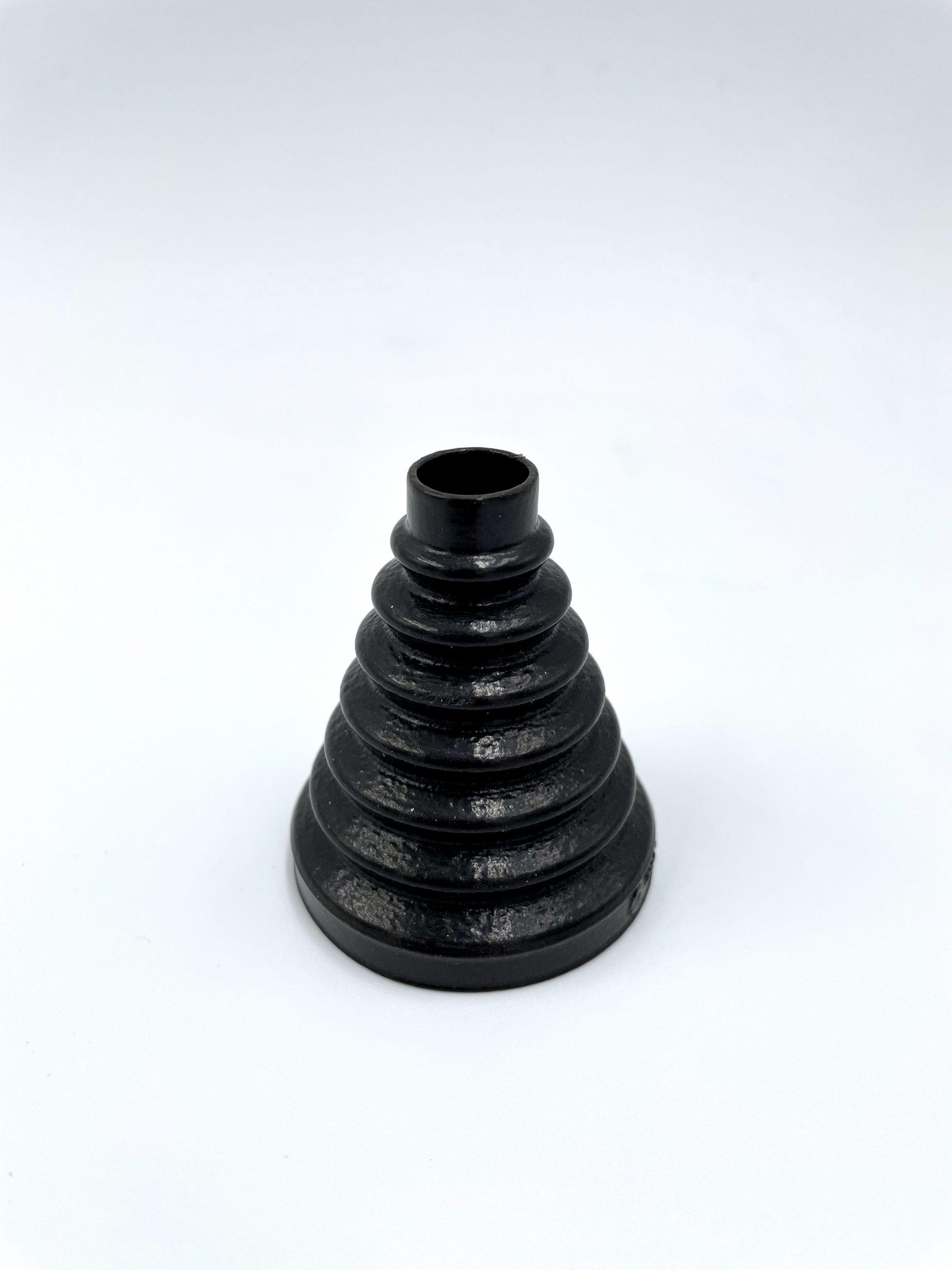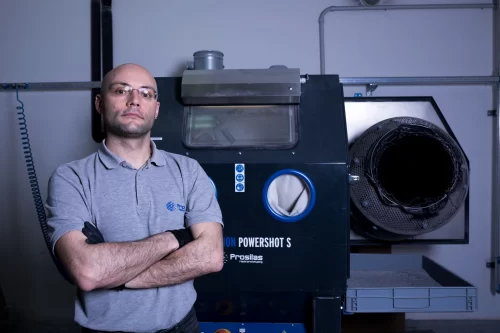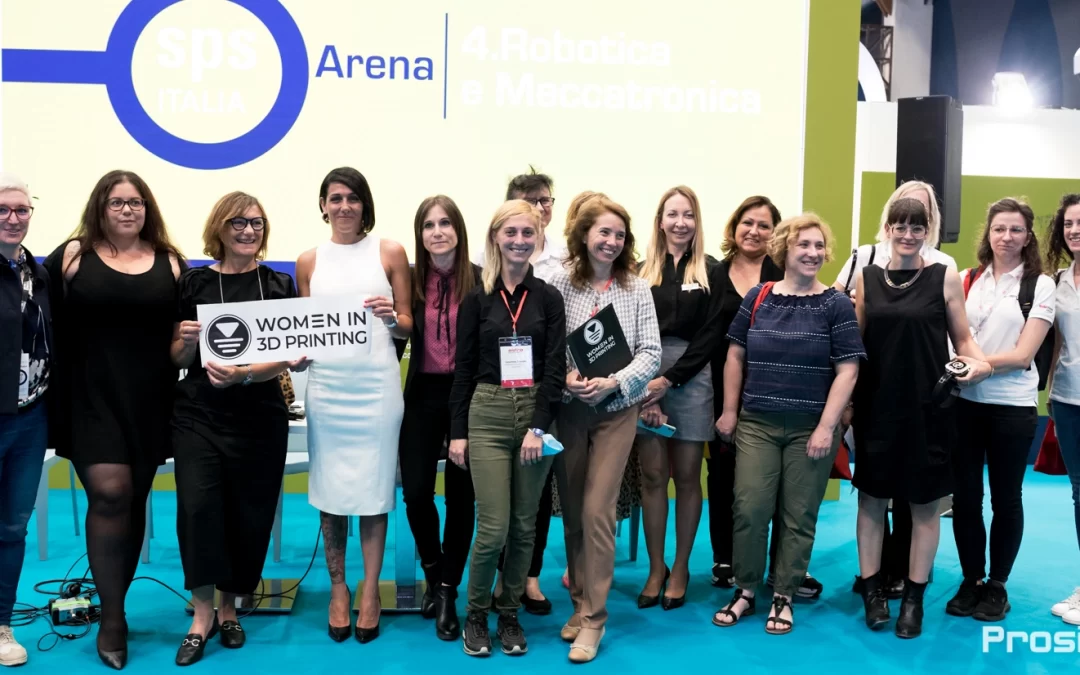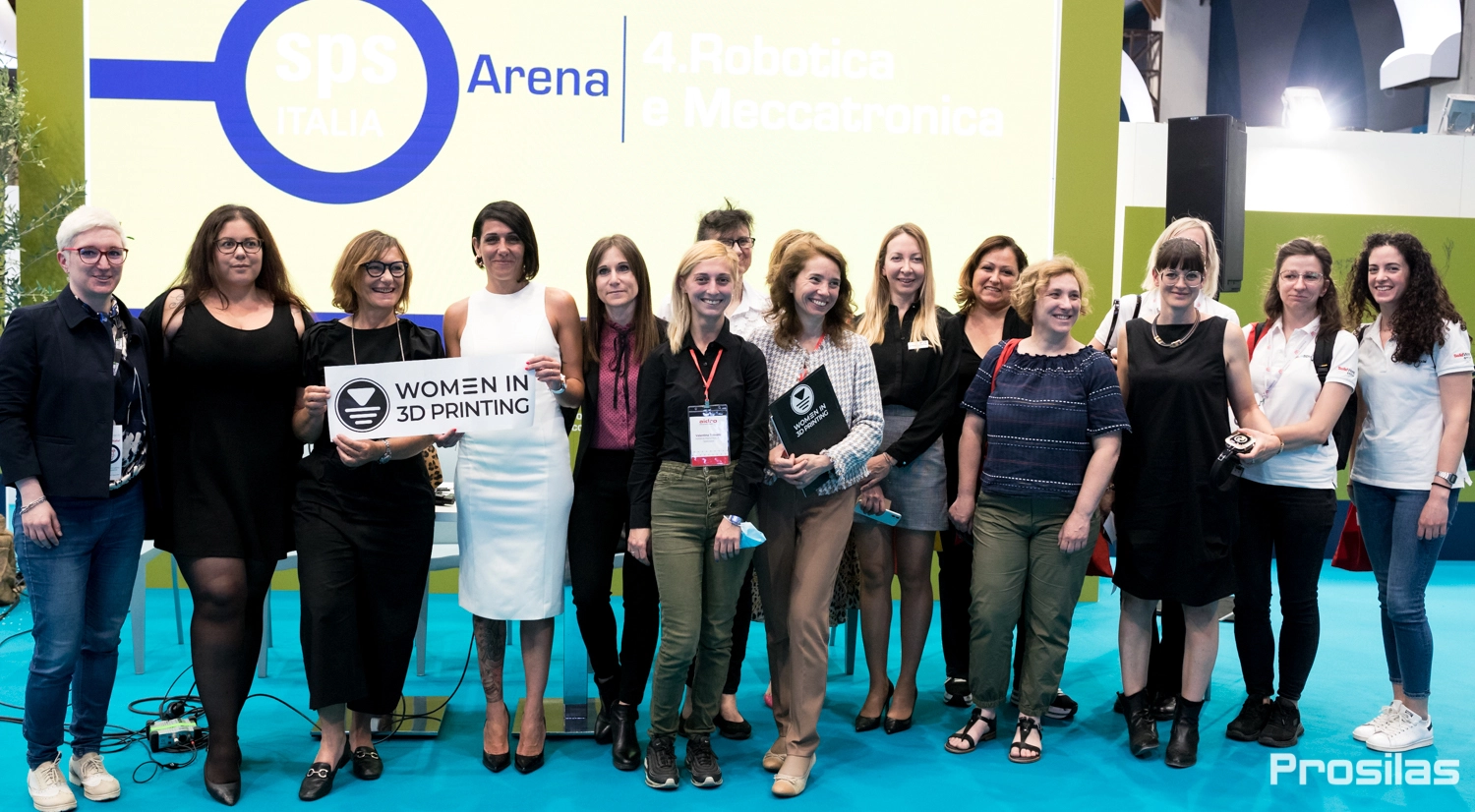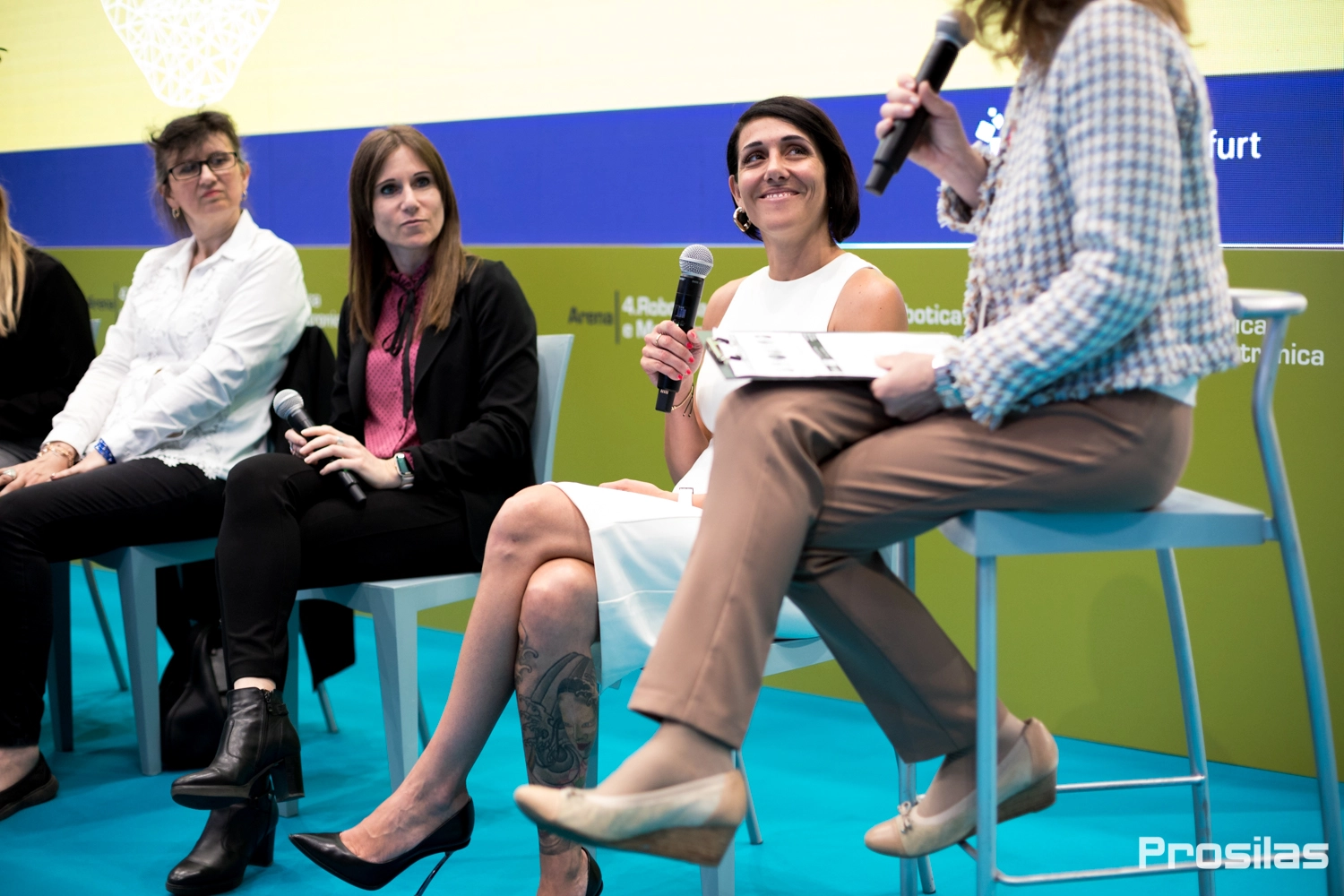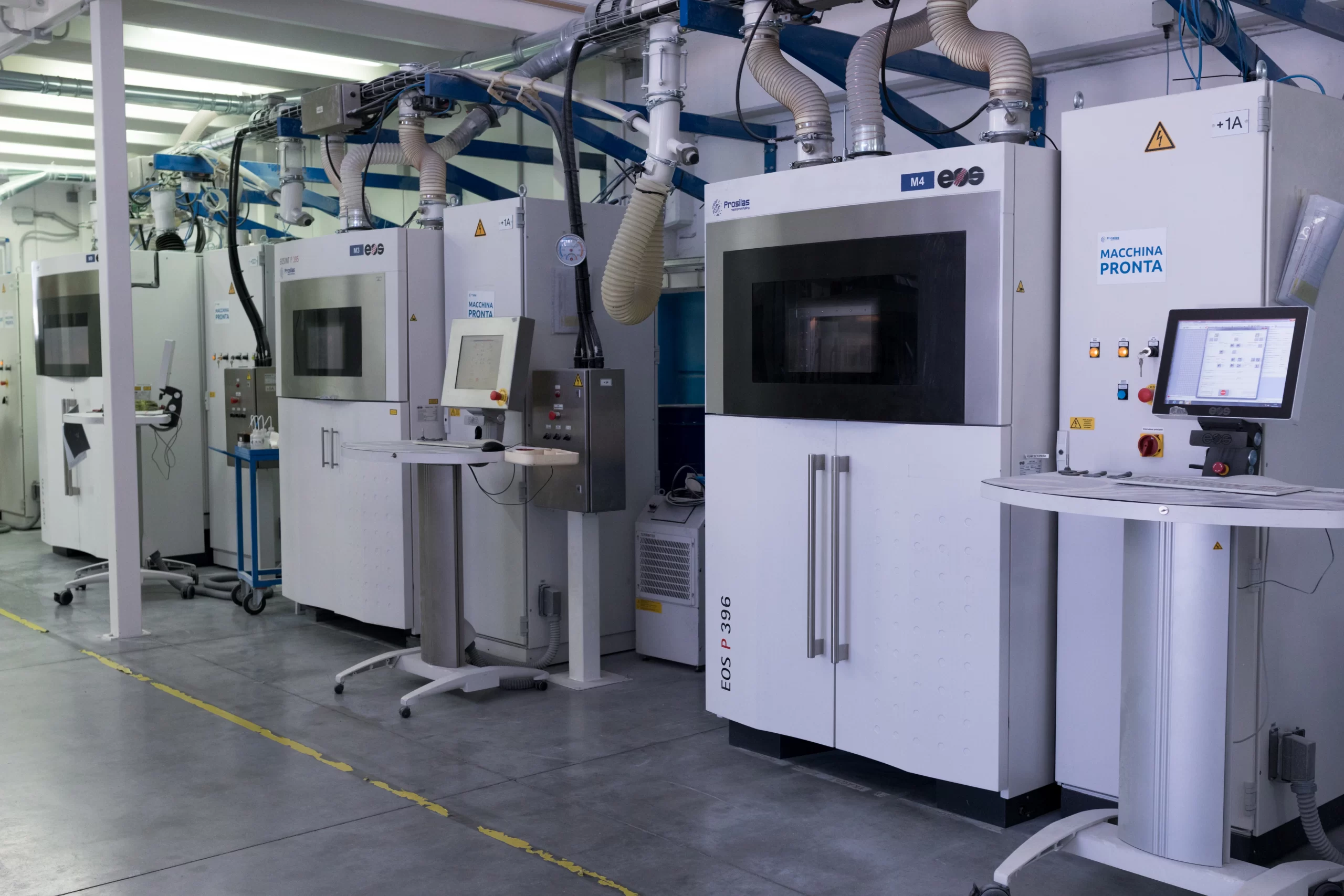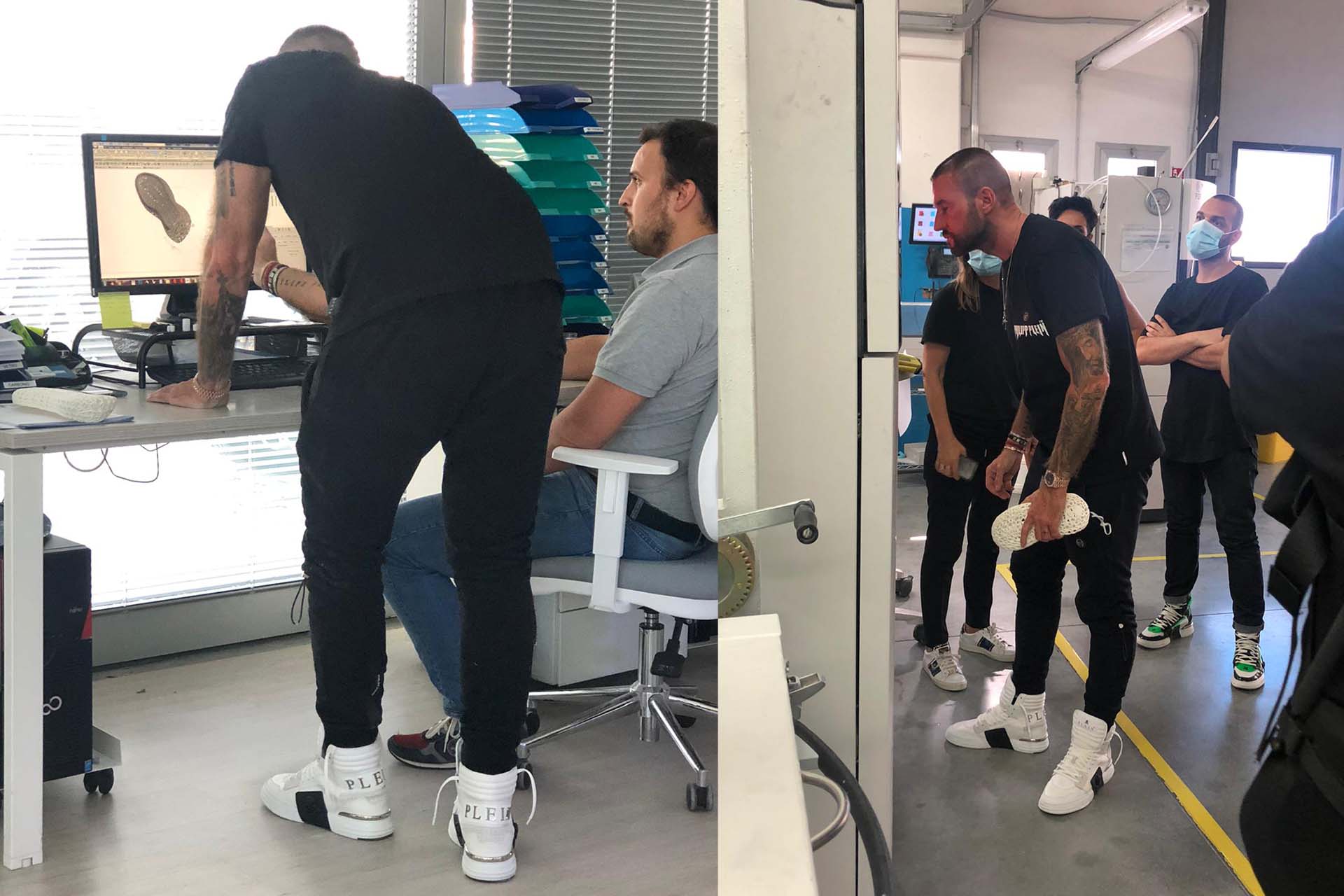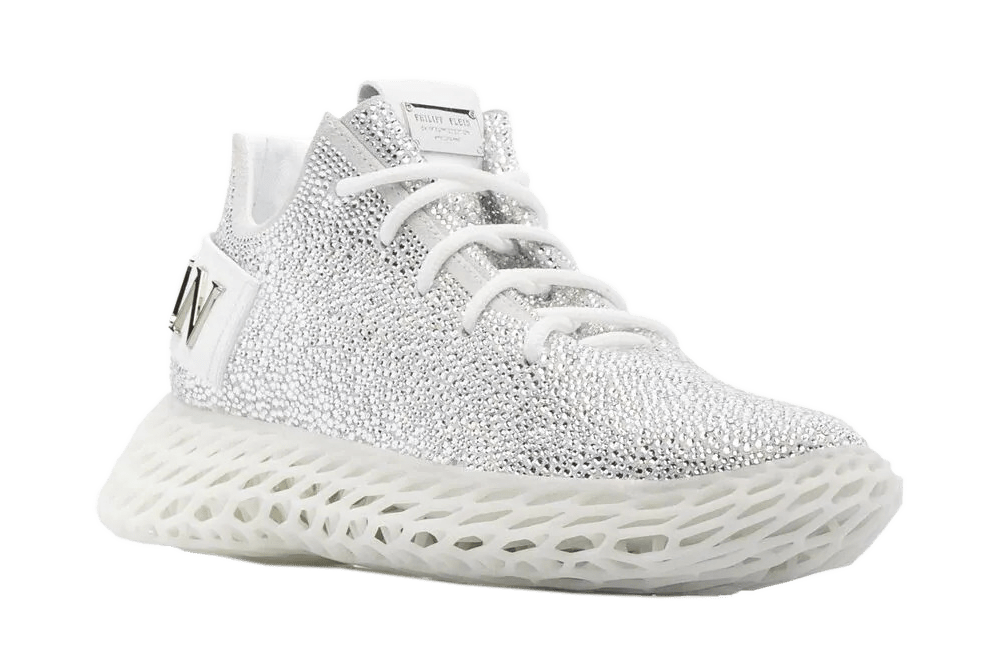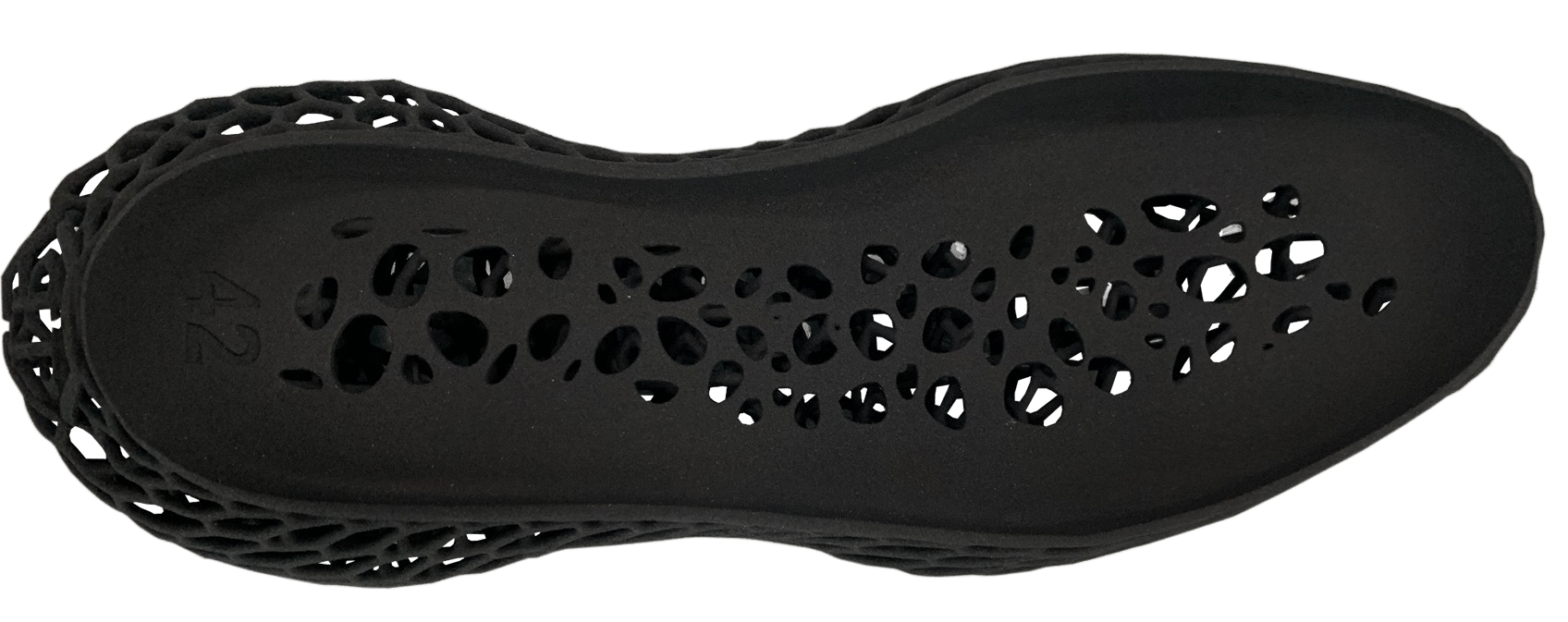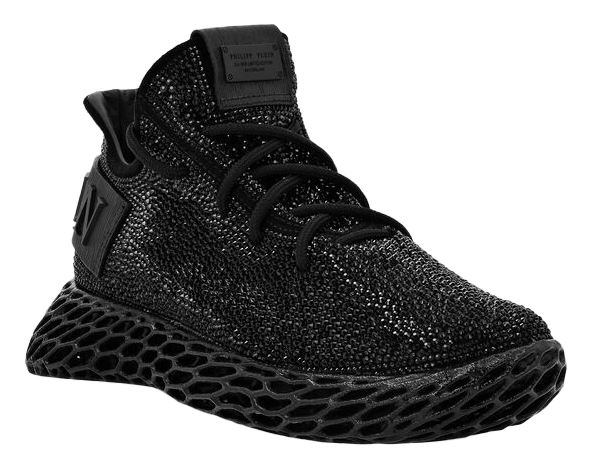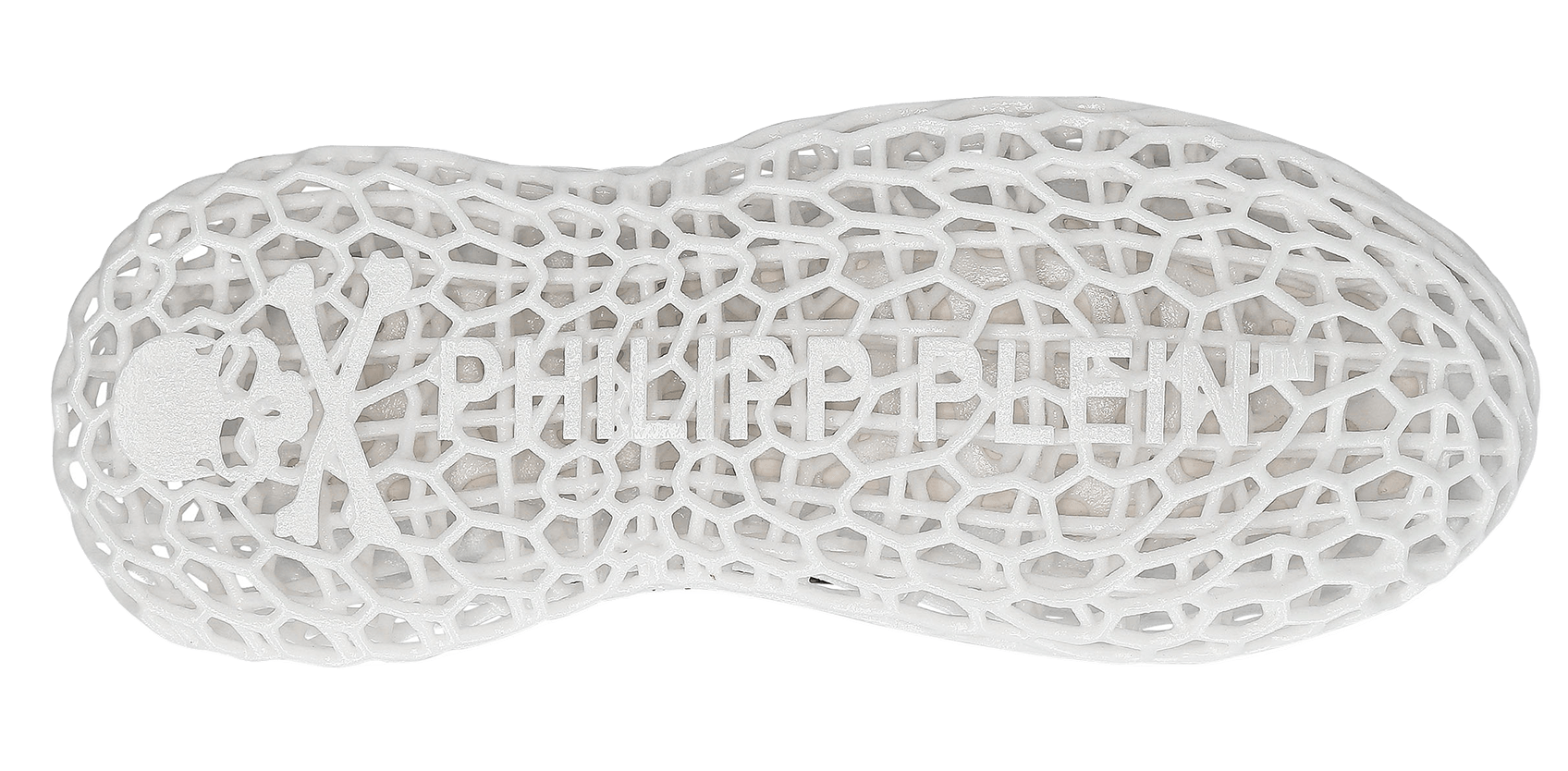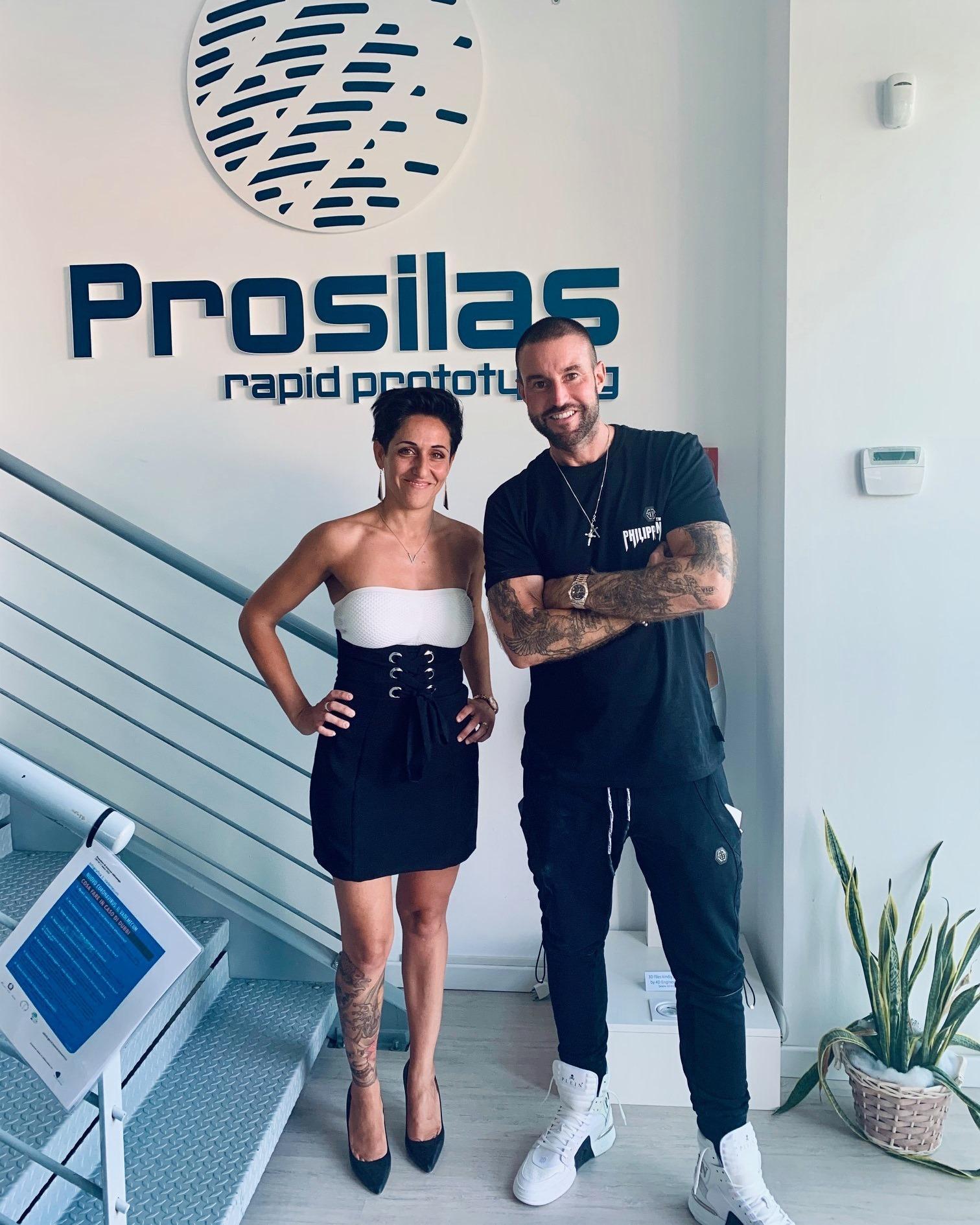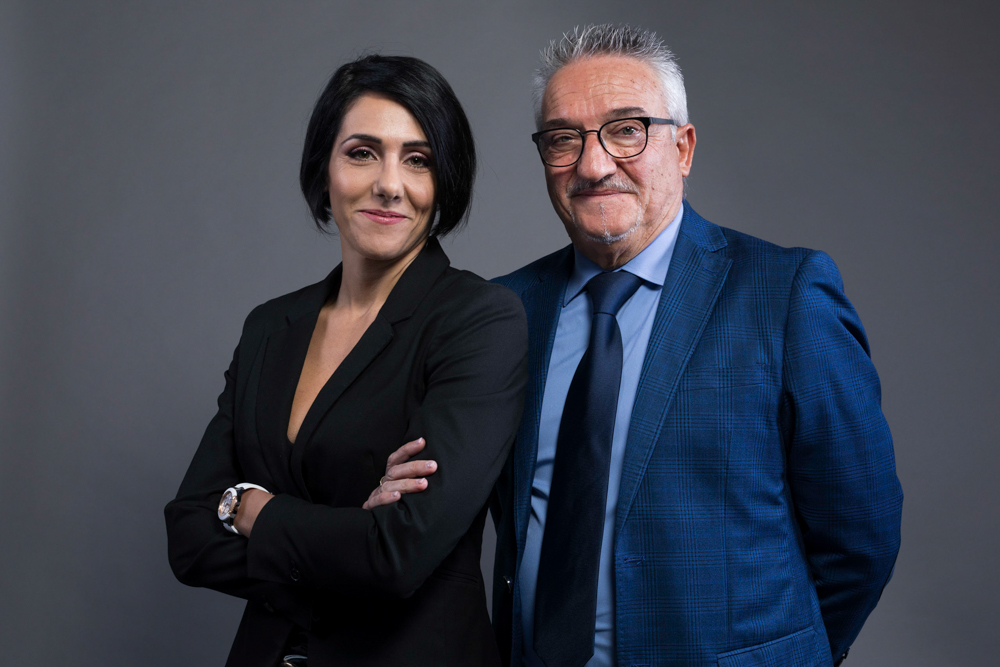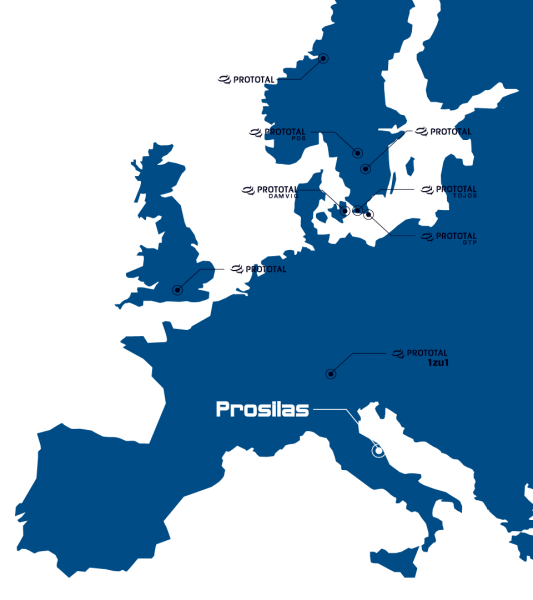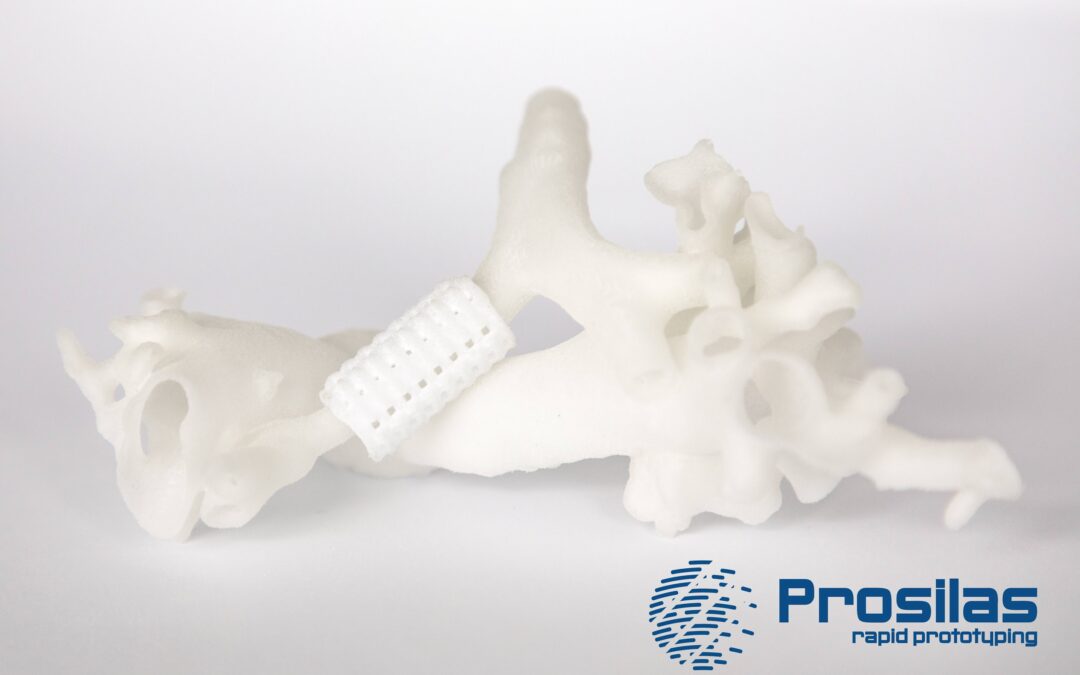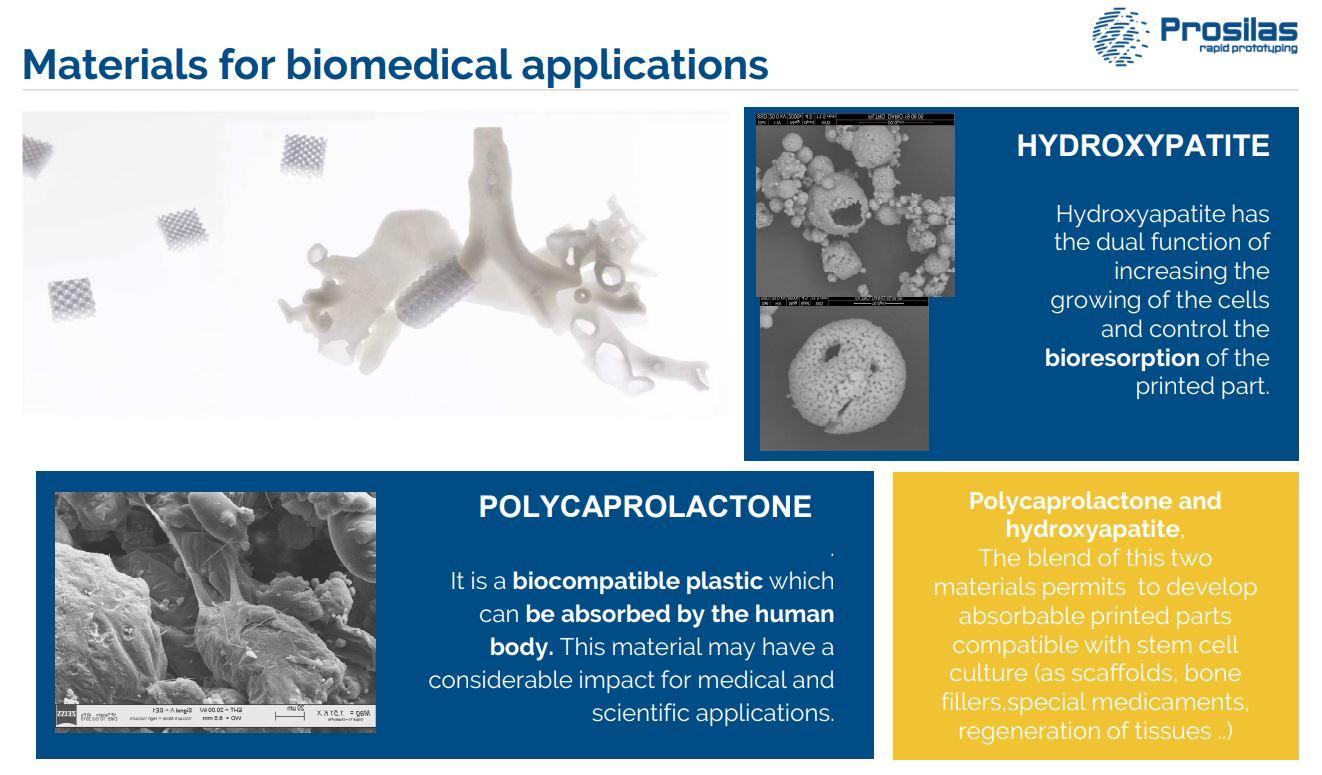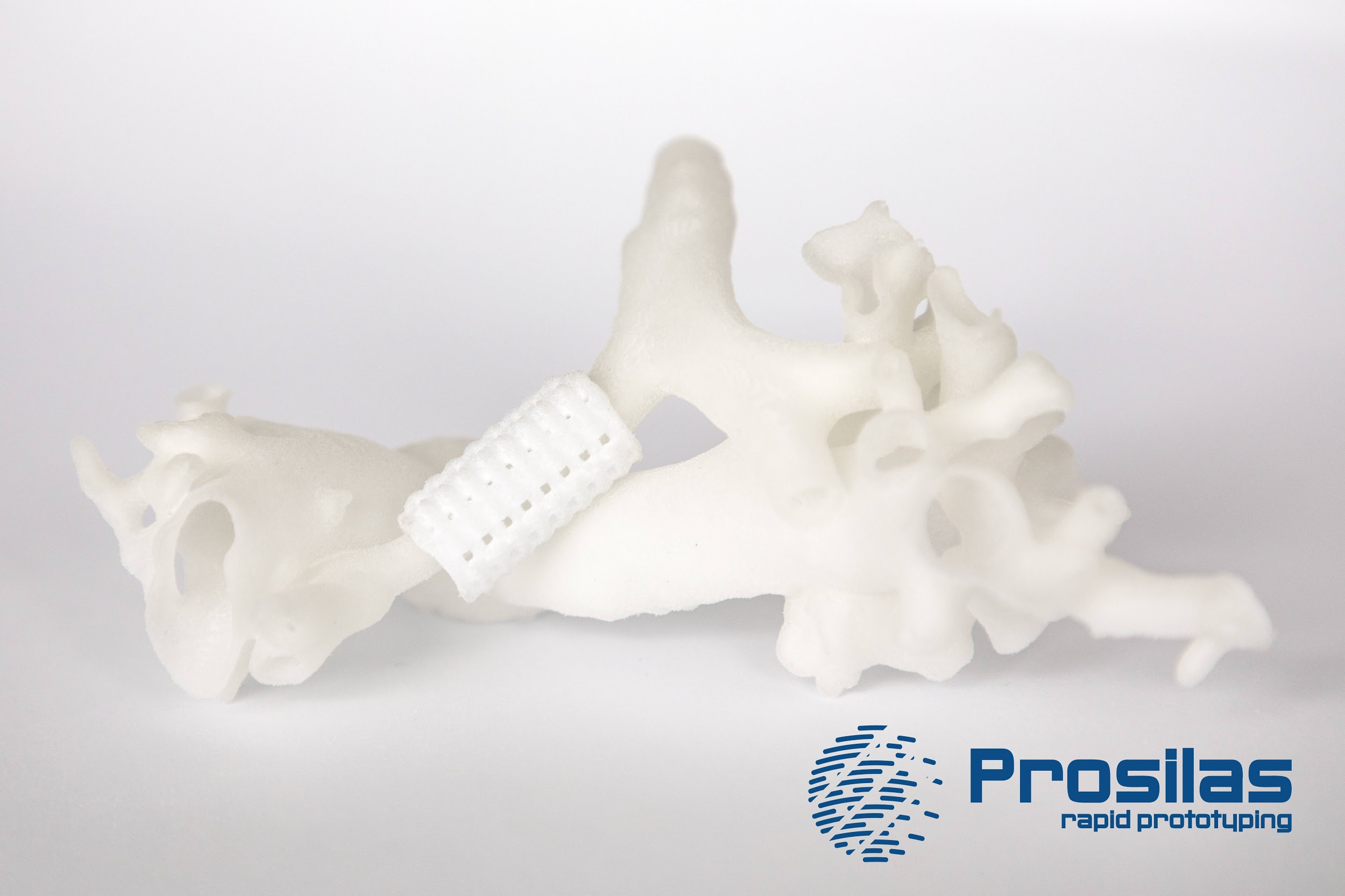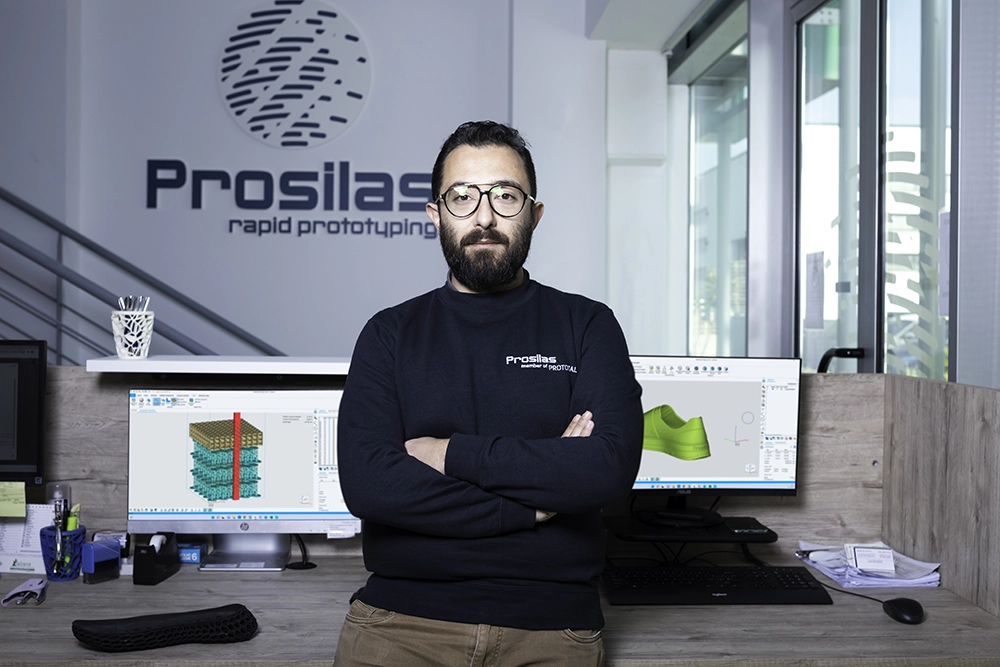
AM solutions always win by combining special materials.
Expertise available for all industries.
Different sectors require
to Additive Manufacturing different solutions.
With a dynamic workflow, we are able to take advantage of a vast know-how built around processes and materials for 3D printing and find the right mix of skills and applications for individual customer needs.
We deploy our knowledge and experiment with new solutions.
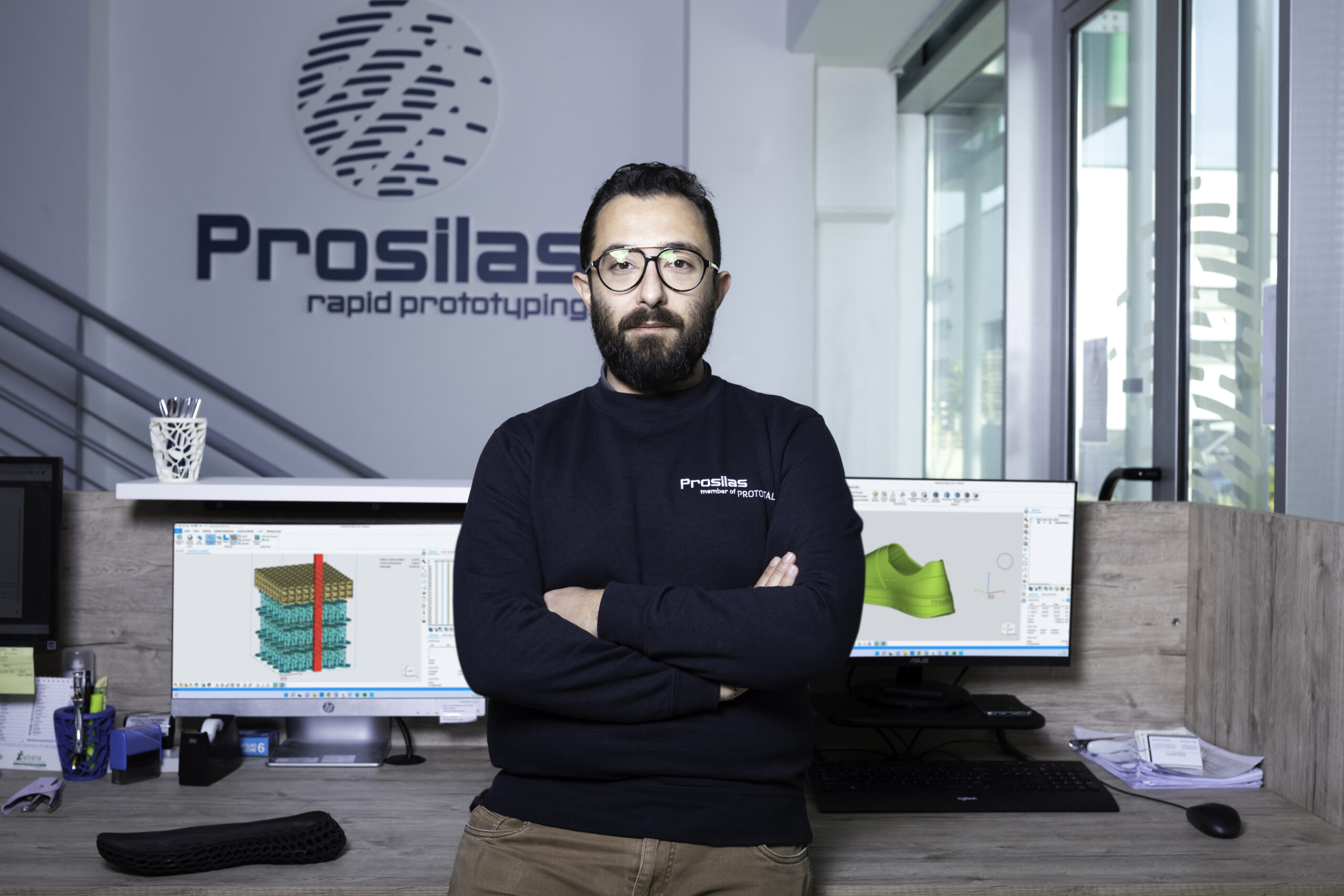
Fields of application
The areas where we get the most demands and the best results:
- Automotive (20% )
- Industrial (17%)
- Fashion & consumer goods (17%)
- MotorSport & Racing (8%)
Our technician Roberto Nasini explains that the main need of customers ” Motorsports & Racing” is to combine:
- strength
- lightness
- rapidity of realization.
Not only the speed of the process, materials make the difference!
At the moment, Prosilas is the only manufacturer in Europe to use carbon loaded even for large parts. We were the first to test the PA603CF on a P770 EOS 3D printer, also managing to dribble the traditional difficulties on the Z axis, (notoriously weaker than the others) thanks to the study of suitable machine-parameters.
As for finishing, customers often require finishing with the smooth bottom: for this a primer is used to remove roughnesses, and give greater aesthetics and aerodynamics.
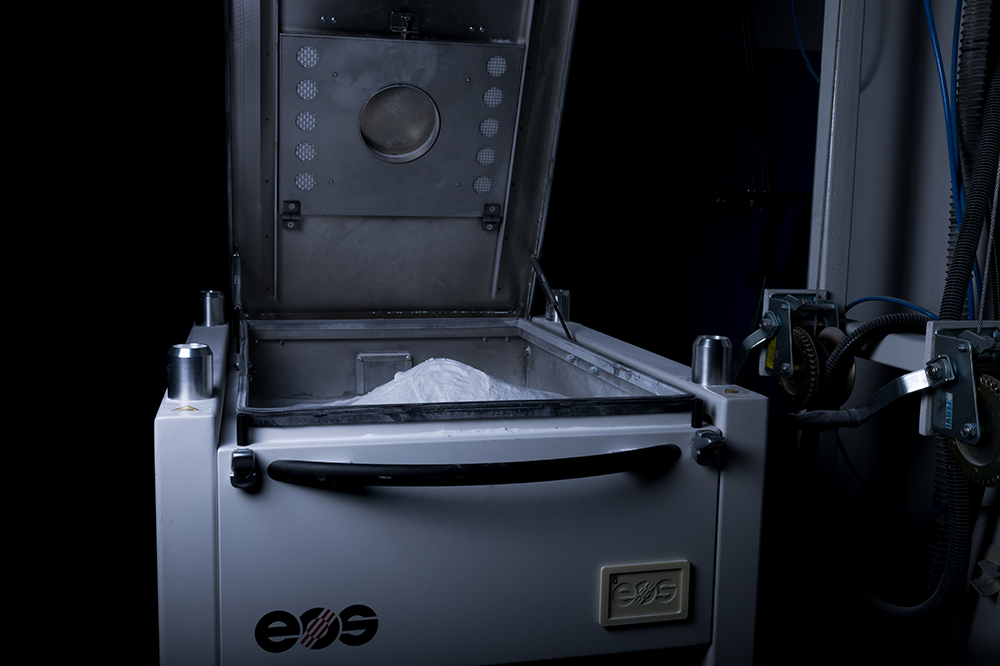
Different blends: the strategic solution for the functional and aesthetic use of additive materials
We work mainly for the creation of prototypes and for the production of equipment and placements, printing the parts that go inside the production chains of industrial machines.
Prototypes can be aesthetic (usually made of polyamide) or aesthetic and functional together: in this case they require more resistant mixes – such as glass, aluminium or carbon filled polyamide – for example, to provide greater thermal or mechanical resistance.
Depending on your needs, you can create components (usually placements) composed of two parts a rigid polyamide and a softer tpu able to avoid scratches and abrasions.
Moreover, black or white TPU is the material widely used in the fashion sector: there is a lot of work both with the creation of prototypes and with the mass production of shoes, bags and jewelry.
Thanks to the possibility of mass production, an iconic TPU sole with a complex voronoi structure was born, the sole Skeleton Philipp Plein , flexible in some parts and stiffer in others.
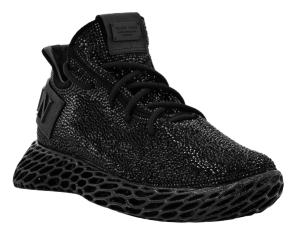
“For objects like these,” explains Nasini, “it is important to balance the design with functionality and to understand the right density that makes a difference on thickness, flexibility and softness. All in one monolithic piece, not assembled. The results have been so convincing that from the 560 realized in 2021 it has been passed to the 1,735 of 2022, with other brands that arrive because these possibilities are a great plus for creative people”. Roberto Nasini
The choice of the material also influences the finishing
Thanks to ad hoc colors: black pigmented TPU, for example, avoids the painting of the sole and therefore its loss of color when consumed.
The Automotive sector, where we make the largest percentage of our business, sums up everything the company does in other sectors. The results also depend on the materials, so you work on Polyamide when you focus on aesthetics and on glass-filled, aluminum-filled and carbon-filled for functionality.
In general, there are no product sectors to exclude. Requirements change quickly and deliveries quickly become crucial: this is why we work to optimize the speed of the machines and to refine the performance of the materials.
Thus increasing competitiveness on traditional technology.
